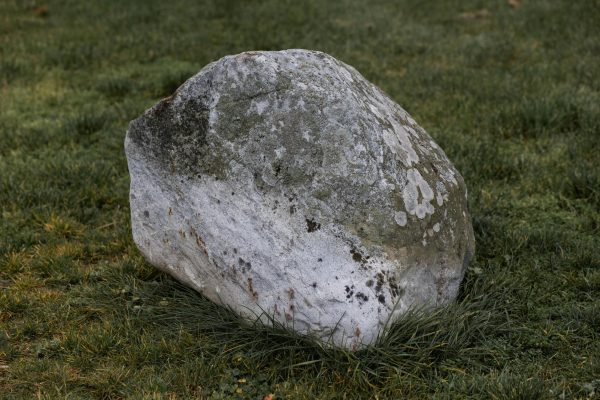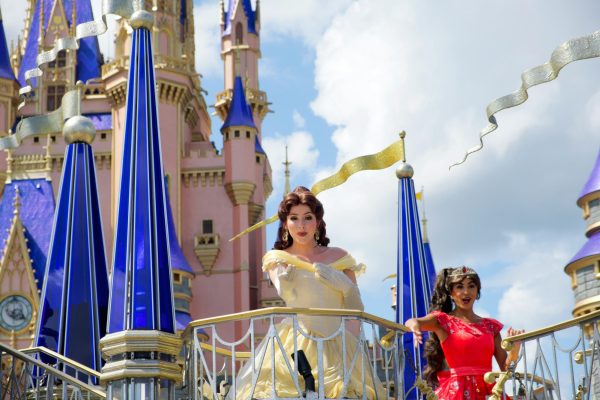Is it okay to hate a fictional character?
Spoilers for One Flew Over the Cuckoo’s Nest
Take a moment and think about some fictional characters; from a book, movie, or wherever you go for a good story.
Some, you probably love, whether it be for their charisma, humor, or some other trait you find simply entertaining. You might find a character you want to emulate, or maybe you view a part of yourself through the lens of fiction.
But there are also characters you probably hate, ones that you truly despise or loathe. It could be they’re just annoying, or pathetic, or that they sabotage your favorite hero, or are just plain evil. Intentionally or otherwise, there are characters hated perhaps as much as any ‘real’ thing. I tend to hear as much, if not more, about characters we dislike than those we enjoy, especially when engaging in popular media.
Hate is the most extreme form of disdain. It’s a remarkably simple word when considering its infamous reputation, often attributed to the worst of humankind’s actions. Hate is always deemed pointless in the end, and only serves to foster blind judgment. We have hate crimes and hate speech because hate is practically a synonym for prejudice.
When my five-year-old brother has a fit, it sickens me to hear him say “I hate you”, because from a young age, we all know that word carries with it so much evil connotation. I try to avoid those feelings because they’re embarrassing. I feel uncomfortable and guilty when I have too much hate in my heart, especially when it’s about something rather petty.
However, the prevalence of detestable characters in our storytelling media tells a different narrative, one where hate is as much a tool for artists as it is a detriment to the mindful attitudes we seem so bent on instilling. Still, the use of such a volatile emotion is unsettling.
Take Nurse Ratched from Ken Kesley’s novel One Flew Over the Cuckoo’s Nest, also adapted into a popular film directed by Milos Foreman. Ratched is infamous for being one of the most universally hated characters in popular media. The head medical administrator of a mental institute, she exerts both physical and subliminal power onto her patients in an authoritarian manner. Especially in the movie, she’s portrayed as an oblivious evil, unaware of the abuse she propagates.
Through this character, Kesley expresses his hate towards systems he sees as morally corrupt and demoralizing. He lets this hate fester in Ratched, a physical manifestation of his enemy, and lets his audience join in.
The peak of this hatred comes in a pivotal scene, where Rachedt’s ideological rival, Mcmurphy, finally takes a violent strike at Ratched. He attempts to strangle her, releasing both his and the audience’s festering hate in reckless abandonment. This scene is scary, not because of tension or on-screen violence, but since the audience, like Mcmurphy, are all hoping for the death of another human being, even one that’s fictional. The danger is keeping this hate pointed at the individual, and not the system she’s a part of, a worry quelled with the resolution of the story. Escaping the institution, not the death of one cog, is the resolution.
There are many examples that follow a similar template. For example, Warden Samuel Norton from The Shawshank Redemption channels our hate towards an unfair justice system. Our anger towards the opportunistic businesses of The Grapes of Wrath points towards the cruelty embedded in the American ethos. Relevant to some 10th graders reading The Great Gatsby, their hatred of Tom and Daisy Buchanan might illuminate more of Fitzgerald’s critique. Hatred of Golem for leading our Hobbit heroes astray will make obsession the true evil.
Each example has moments where the reader or viewer is filled with hate. They root for their subject’s downfall, sometimes with violence in mind as they encourage their heroes to fight back. In some cases, the story follows through on these aspirations, and when the audience is left hateful, without their villain losing, it festers even further.
In any case, hate is a tool, and a very delicate one at that. Sometimes, deplorable characteristics are ignored by certain audiences. American Psycho comes to mind, as vapid and depraved yuppie Patrick Bateman is idolized to some degree, especially in some internet cultures. Many people might also walk away from Fight Club thinking Tyler Durden is pretty cool. Obviously, works made with evil and immoral intent, such as Birth of a Nation, use hate for clearly immoral intentions. But when we recognize hate for what it is, it becomes malleable to our own intent. Our power to recognize its presence lets us control it, not the other way around.
In fiction, hatred can be like a ray of light, one that reflects our inverted selves back into our eyes. When hate is reflected, we are forced to confront the clear evils that are embedded within it. If hate spawns hate, then our disdain for deplorable action is a resistance against the circumstances that let them prosper. Only in this way, is hating a fictional character ever justified.






